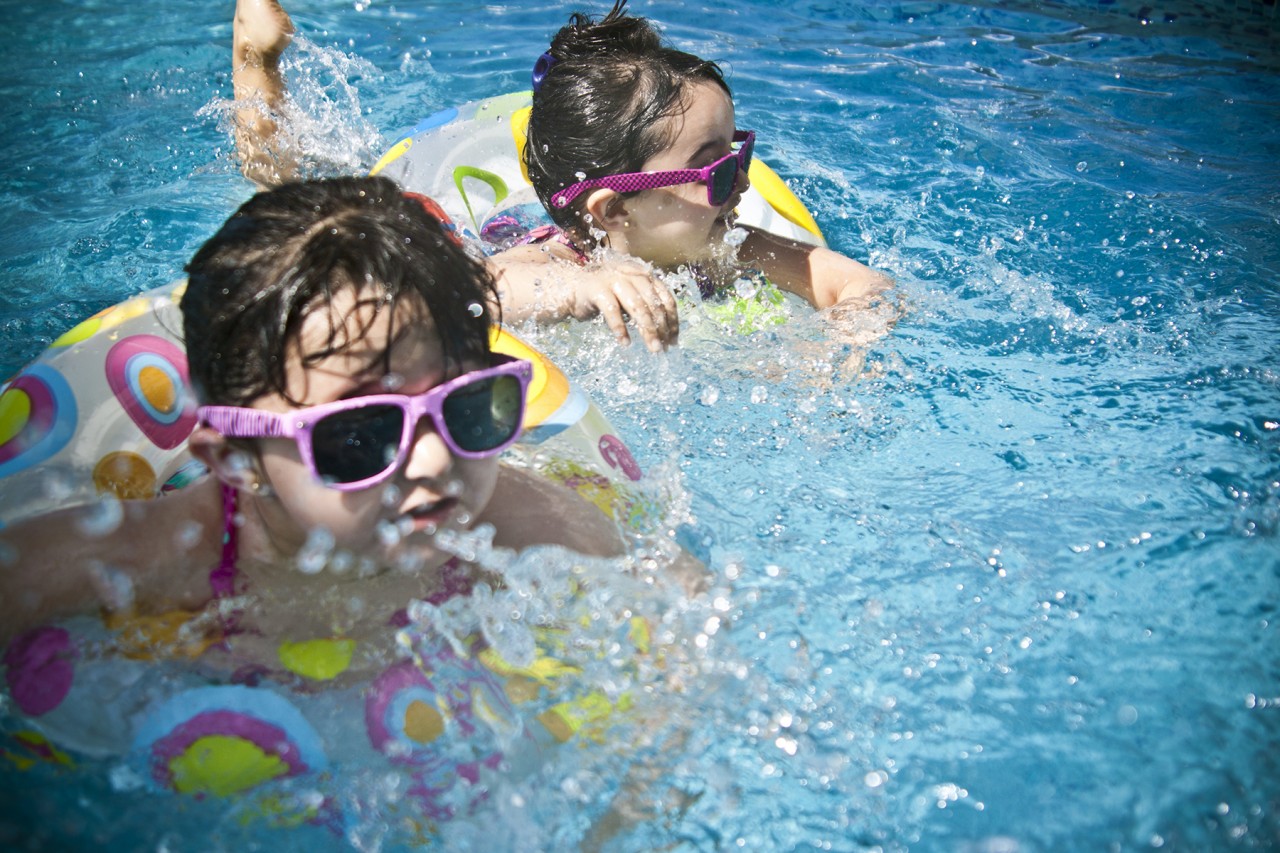June 2017
Here in Ukiah, we are blessed with easy access to rivers, lakes, the ocean, and community swimming pools during these hot summer months. However, we must be vigilant about keeping our community’s children safe around bodies of water.
Drowning is the leading cause of unintentional, injury-related deaths in children one to four years of age. According to the Centers for Disease Control and Prevention (CDC), 10 people die every day in the U.S. from unintentional drowning, two of whom are children aged 14 or younger. An additional 10 children a day require advanced medical care for near drowning injuries. Roughly 75 percent of infant drowning deaths occur in bathtubs and large buckets, so it is important to remember to empty all containers of water when and adult is not monitoring the situation.
The best ways to prevent drowning include adequate supervision, proper barriers, diving safety, and boating safety.
An adult should actively watch children at all times when around bodies of water. Those supervising children should not allow themselves to get distracted with socializing, phone calls, texting, drinking alcohol, and other activities. Drowning typically does not occur with a complete lack of adult supervision, but rather with lapses in supervision. Ideally, parents and caregivers should be trained in CPR. To prevent falls in and around the pool, kids should be encouraged to walk rather than run around the pool. Infants and toddlers should be within an arm’s reach. Drowning can occur quickly anywhere there is water.
With regard to barriers, swimming pools should be surrounded by four-sided fences that are at least four feet tall with no more than four inches between vertical slats. Pool fences should be climb-resistant (unlike chain-link fences, which are easy to climb), and they should not have anything, such as lawn furniture, that could be used to gain leverage. Ladders to above-ground pools should be removed when not in use. Other safety devices include automatic pool covers, door alarms, and pool alarms.
Formal swimming lessons can reduce the risk of drowning in young children. However, according to Dr. Jeffrey Weiss of the American Academy of Pediatrics Committee on Injury, Violence and Poison Prevention, “even advanced swimming cannot drown-proof a child of any age.”
Diving safety is also important in preventing drowning and related injuries. According to the National Spinal Cord Injury Statistical Center, diving is the fourth leading cause of spinal cord injury for men and the fifth for women. Diving in shallow water can cause spinal cord injuries, paralysis, and even death; so it is important to check how deep the water is and to enter the water feet first. Never dive into above-ground pools as they are usually not deep enough, and never dive into a lake or river without knowing the depth or rockiness of the bottom. There are often hidden objects in lakes, rivers, and ponds that cannot be seen from shore.
All children should wear lifejackets in boats no matter what their swimming ability is. In fact, federal law requires all children younger than 13 years of age on recreational boats to wear life jackets. About 90 percent of boating drowning deaths occur in part because people did not wear proper lifejackets.
As summer approaches and the heat rises, keep cool while following these basic safety guidelines, especially with children around bodies of water. For more information check out healthychildren.org.
Casey Johnston is a pediatrician at MCHC Health Centers, a local, non-profit, federally qualified health center offering medical, dental and behavioral health care to people in Lake and Mendocino Counties.

 MyChart Login
MyChart Login

